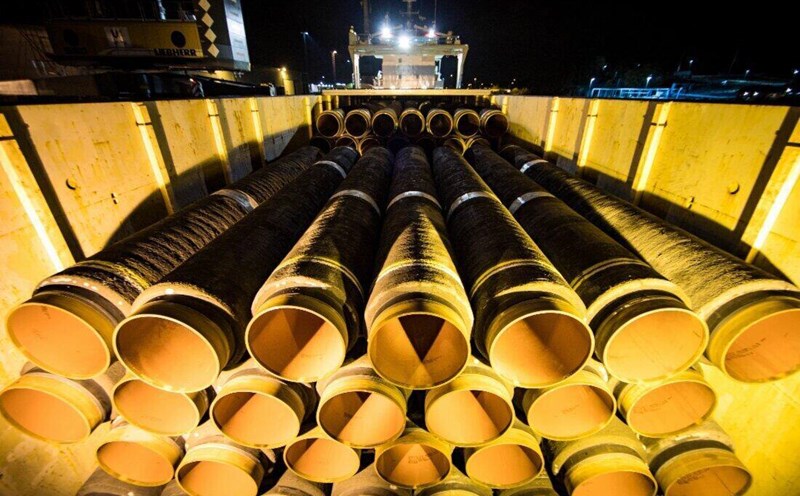The 2025 hurricane season officially entered its peak with the continuous appearance of extreme phenomena, causing people in Central America and Mexico to "hold their breath" to watch.
According to the US National Hurricane Center (NHC), on June 20, a new cluster of thunderstorms developing near the southern coast of Mexico and Central America showed clear signs of organizing into a low pressure area.
Although the chance of strengthening into a typhoon in the next 48 hours is assessed at 0%, within the next 7 days, the NHC forecasts a complete tropical cyclone system of up to 20% chance.
If it continues to develop, this low pressure area will be designated as Invest - the first step in the process of closely monitoring the trajectory, intensity and threat level of an early-forming storm.
Meanwhile, people in southern Mexico are still in shock after super typhoon Erick made landfall early on June 19 (local time) with winds of up to 200 km/h, equivalent to a Category 3 storm - an "extremely dangerous" level. Erick made landfall in Oaxaca state near Santiago Pinotepa Nacional at 5:30 a.m., causing heavy rain, gusts of wind and high waves.
By the evening of the same day, Erick had weakened as it moved inland, but authorities and the NHC warned residents not to be negligent, as prolonged heavy rains could cause flash floods and landslides, especially in steep mountains and coastal areas.

Meteorologists described Erick as a historic storm: The first major hurricane (level 3 or higher) to hit Mexico as early as the hurricane season since meteorological data began recording a record for both the Atlantic and Pacific regions.
Erick also quickly strengthened into a Category 4 super typhoon with sustained winds of 130 km/h just hours before making landfall, recalling the nightmare named after Otis that devastated the coastal city of Acapulco in 2023, killing more than 50 people and causing damage of over 10 billion USD.
There are no signs that the new low pressure area will follow Typhoon Erick, but with unusually high sea temperatures and an early storm formation trend this year, many experts warn that the 2025 typhoon season could be unusually severe, both in frequency and intensity.











